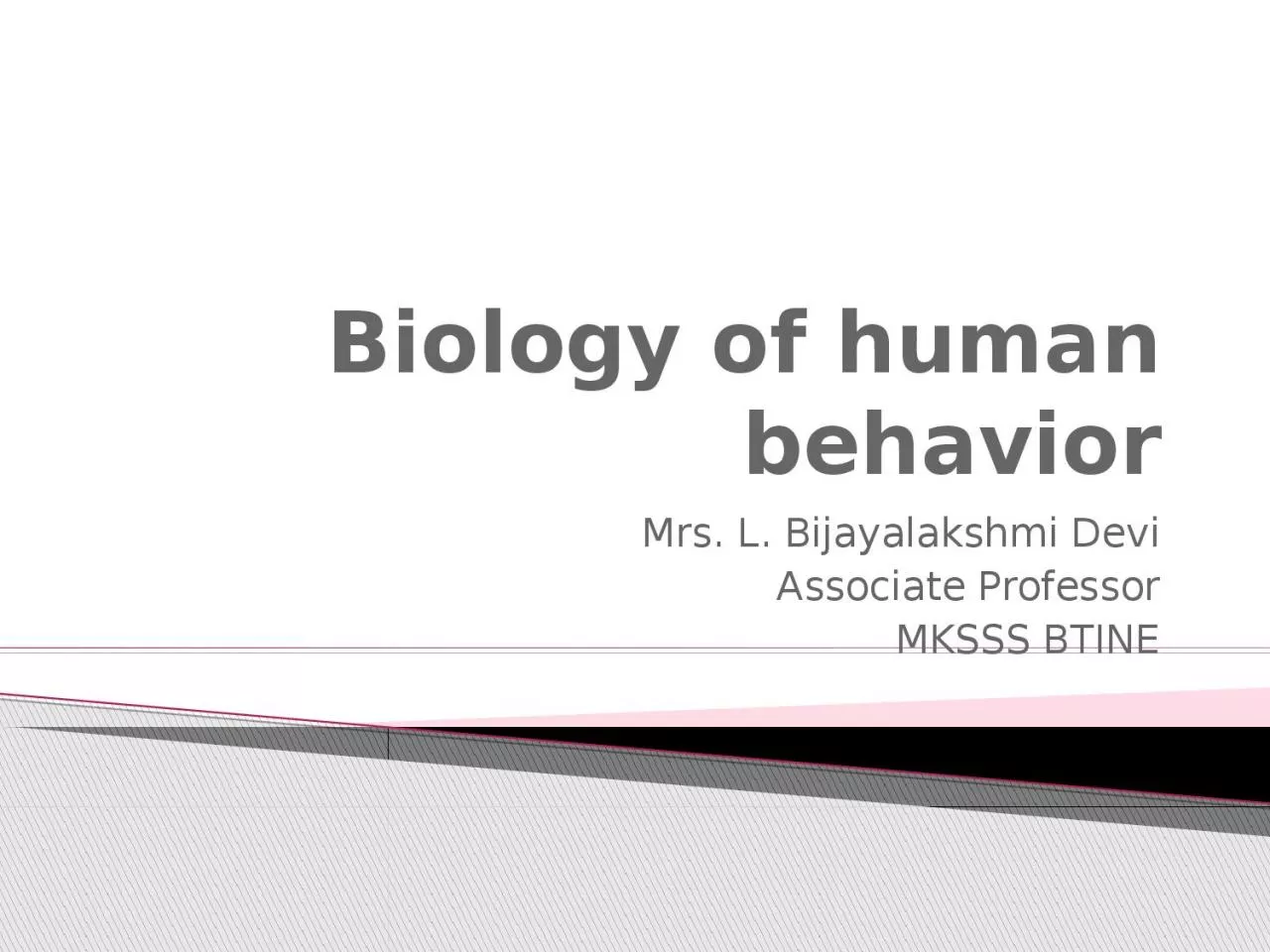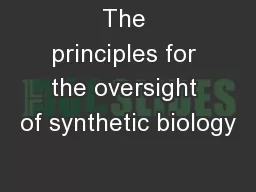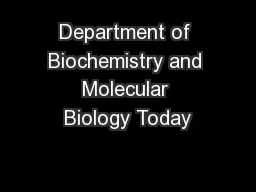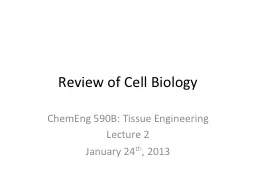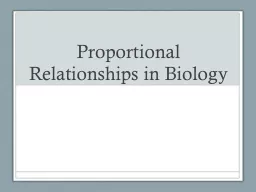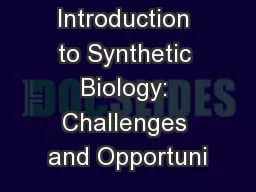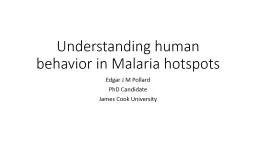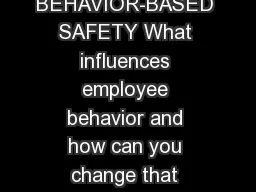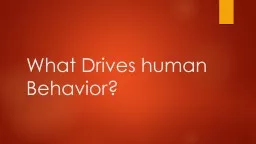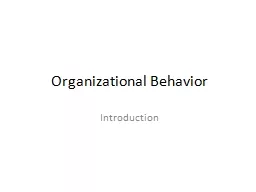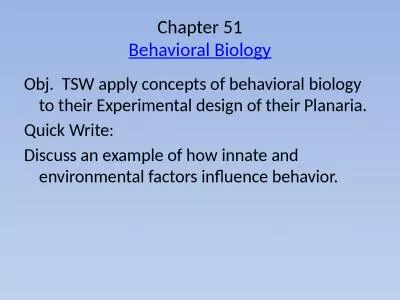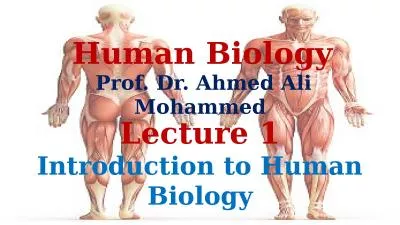PPT-Biology of human behavior
Author : delilah | Published Date : 2024-03-15
Mrs L Bijayalakshmi Devi Associate Professor MKSSS BTINE The human being is estimated to contain at least 150 billion nerve cells called neurons each which is connected
Presentation Embed Code
Download Presentation
Download Presentation The PPT/PDF document "Biology of human behavior" is the property of its rightful owner. Permission is granted to download and print the materials on this website for personal, non-commercial use only, and to display it on your personal computer provided you do not modify the materials and that you retain all copyright notices contained in the materials. By downloading content from our website, you accept the terms of this agreement.
Biology of human behavior: Transcript
Download Rules Of Document
"Biology of human behavior"The content belongs to its owner. You may download and print it for personal use, without modification, and keep all copyright notices. By downloading, you agree to these terms.
Related Documents

